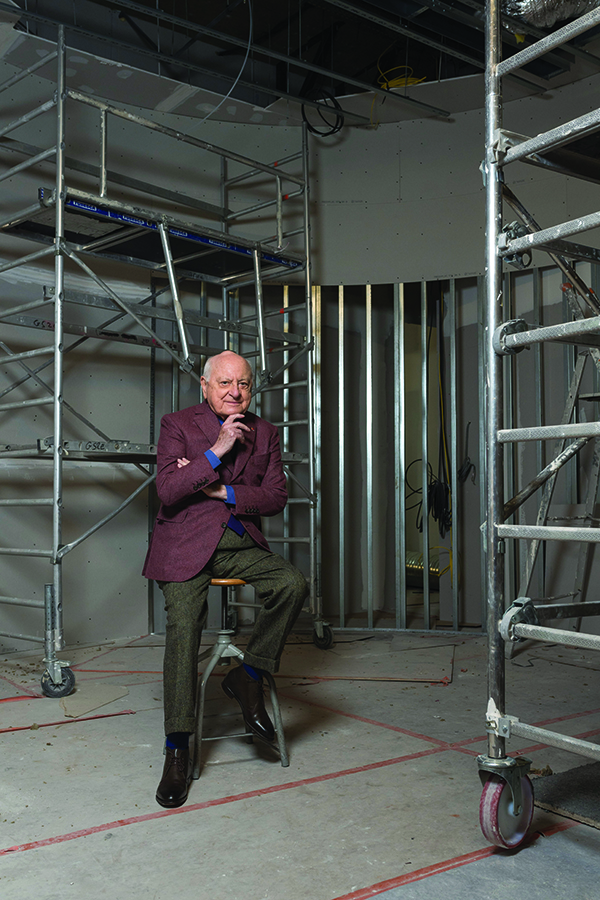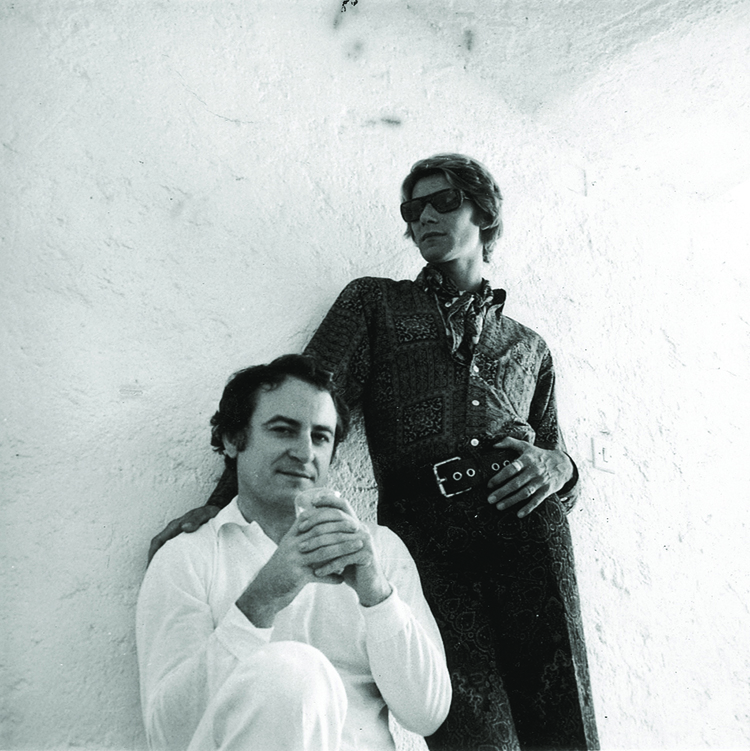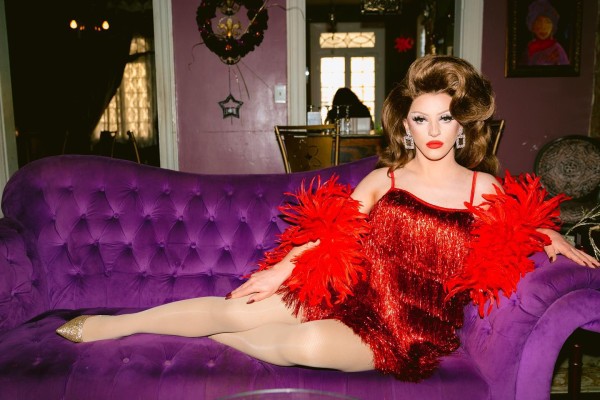Remembering Yves Saint Laurent's Pierre Berg
Oct 02, 2017

Pierre bergé was not gifted with remarkable talents; he was born into a modest family on the island of Oléron near La Rochelle, wasn’t overly handsome, nor was he artistic or musical. Arriving in Paris aged 18, he didn’t have society connections behind him, a university degree or a family name to lend support. He went to work in a bookstore.
Bergé considered literature above everything and built one of the most significant collections of rare books and manuscripts. In becoming a book dealer, he grew to be close to the best writers of the day, including Surrealist poet Louis Aragon and Jean Cocteau, whose works he became the sole owner of after the great creative died in 1963 and for whom he built a museum.
At this early stage, he had decided to forge a name for himself and to contribute to the art world. By the 1950s, Bergé had commenced a relationship with the painter Bernard Buffet, with which he combined his sense for business, the ability to make connections and his own authority to make Buffet a “name” in post-war Europe and himself quite a lot of money.
Through his relationship with the painter, Bergé was invited to the major fashion event of 1958; the first haute couture presentation by the successor to the late Christian Dior. Yves Saint Laurent, then aged 21, captivated the world with the modernity and vision of his collection, and Bergé was deeply attracted by Saint Laurent’s beauty. As Bergé was wont to say, fashion is not art but it requires an artist to make it. Bergé had found his artist.With his compulsory military service looming, Saint Laurent was hospitalised with depression and dismissed from the Maison Dior. Bergé was himself quite young at the time, just 31, but could see a way to achieving their own fashion house, the most famous in the world.
Saint Laurent would be the creator and Bergé the builder. Both men were impetuous. The world knew about Saint Laurent from Dior, but investing in a fragile, 25-year-old designer was of limited appeal to Europeans. With an eye to the future, Bergé crossed the Atlantic Ocean to source funds in the United States.
In 1962, with the world on the edge of a cultural revolution, Saint Laurent presented the first collection under his own name. He achieved immortality and Bergé earned his fortune. The milestone meant Bergé could engage “Le Tout-Paris”, delivering to him the opportunity to mix with collectors, patrons, businessmen and politicians.
Fashion and business were not great passions for Bergé, but vehicles to achieve his vision. He used nous to establish the first YSL licenses, for perfumes and accessories. He also pushed the couturier’s dream to “dress every woman in the street” by opening the first ready-to-wear store by a couture house. Success came immediately, sending YSL and that famous logo global. Bergé established an empire that survives today. “Fashion passes, style remains,” Saint Laurent told the world. As an artist, Saint Laurent already belonged to posterity, but Bergé was still fascinated by the idea of building something for eternity. In 1983, another piece of history was made. The Metropolitan Museum in New York created a retrospective and Saint Laurent became the first living designer to be exhibited there.
One exhibition followed the other; at the Palace of Fine Arts in Beijing in May 1985, then Tokyo and the Museum of Decorative Arts in Paris in 1986.
Saint Laurent was still creating and Bergé was writing history and building his legacy. His support of politicians lead to the creation of the French Institute for Fashion. For a time, he was the leader of the Paris Opera, he spoke in favour of equality and funded research into a cure for HIV/AIDS. At the end of the 20th century, Bergé was one of the most active and prominent figures of French society.

Towards the end of the century, both men were ageing. Saint Laurent was jaded with the fashion industry and decided to end the haute couture line. Bergé had already sold the licensed goods businesses and ready-to-wear house to Elf Sanofi, the French pharmaceutical giant, for US$655 million in January 1993.The money was put to work turning the house of couture into a foundation, which – for once – had Bergé’s name alongside his partner’s. The exhibitions Bergé arranged teach a new generation about Saint Laurent.
The death of Saint Laurent in 2008 sparked the most spectacular show either man had ever been a part of. People lined the streets in their thousands, crying. Bergé spent his final years condensing his memories into books and working on a documentary about the couple’s romance, L’amour Fou or Crazy Love.
The Grand Palais exhibition hall was the venue for “The Auction of the Century” in 2009, that saw an art collection amassed across two lifetimes sold for a staggering amount, breaking several world records. It was stage-managed by Bergé. “I wish to thank the people of Paris who queued up outside for six hours or more to be here,” he told the bidders. Like the art collection, the book collection was celebrated for its taste, Bergé’s vision and business acumen.
On September 8, after a life far from what he had imagined, but one that was carefully crafted and fulfilling, Bergé died in Saint-Rémy-de-Provence. The opening of the Yves Saint Laurent museum in Marrakesh and the Museum Yves Saint Laurent in Paris were weeks away.
The stunning museum in Marrakesh is a building made for posterity – like the mausoleum of a king – located next to the Jardin Majorelle, a garden where Bergé now rests alongside Saint Laurent.
This article first appeared in the October 2017 print issue of #legend.
































